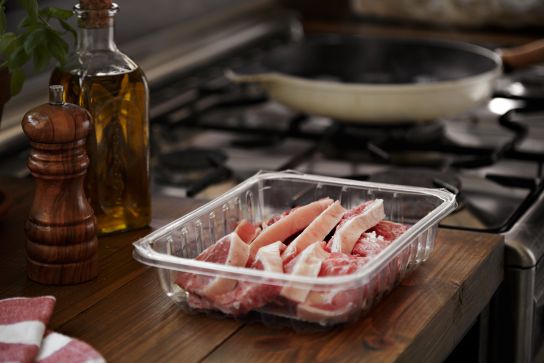2229

Meat packaging in Romania is undergoing a rapid adaptation process to European requirements regarding sustainability, food safety, and plastic waste reduction. At the same time, pressure from retailers for uniform standards and shelf-adapted formats is driving major investments in equipment and know-how.
One of the most widely used solutions is modified atmosphere packaging (MAP), which extends the shelf life of certain fresh products by up to 200%. In parallel, more and more units are adopting skin-pack or vacuum packaging, both for cold cuts and for portioned fresh meat. These packaging solutions not only prolong freshness but also provide an attractive presentation for consumers.
EU Regulation 2021/2115 requires that by 2030 non-recyclable plastic packaging be phased out, which has led to the development of alternative solutions in Romania – including biodegradable films, compostable trays, and packaging systems using recycled materials. Between 2021 and 2024, investments in packaging technologies in Romania’s meat industry grew by an average of 15% per year, according to INS.
Retailers are demanding increasingly clear standards in labeling, QR codes for traceability, and compact packaging formats that reduce shelf space. This dynamic compels processors to invest in flexible packaging lines adaptable to the market’s multiple requirements, including single-use and portioned formats.
Packaging is no longer just a protective wrap, but a tool for marketing, quality assurance, and legal compliance. For exporters, packaging becomes a decisive factor in accessing Western European markets, where standards are significantly stricter. Vertical integration of packaging lines with processing lines is therefore essential for the competitiveness of Romania’s meat industry.
(Photo: Freepik)




